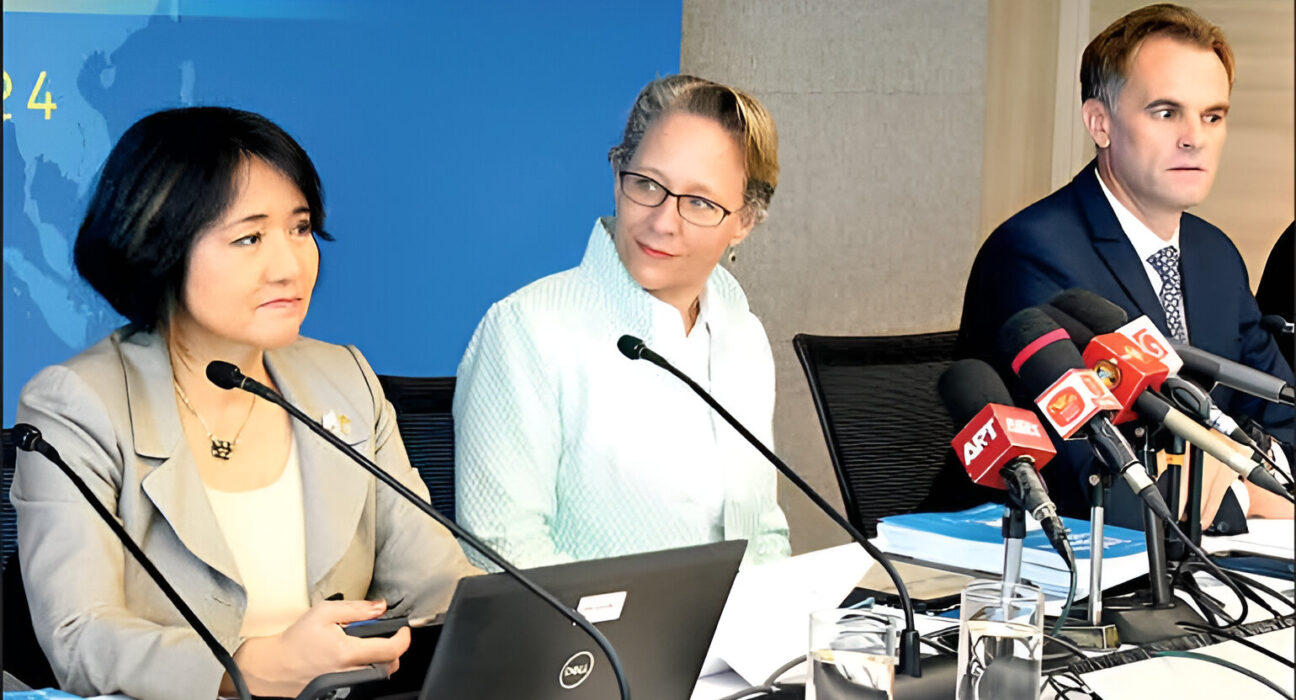The World Bank’s latest Sri Lanka Development Update paints a cautiously optimistic picture of the nation’s economic future. While 2024 is projected to witness a modest growth of 2.2%, indicating stabilization after a severe downturn, significant hurdles persist.
Positive signs abound. Inflation is declining, bolstered by new fiscal policies and a current account surplus – the first in almost five decades. This surplus stems from increased remittances from Sri Lankans abroad and a rebound in tourism. However, the human cost of the crisis remains stark. Poverty rates have risen for four consecutive years, with an estimated 25.9% of the population now living below the poverty line. Labor market participation has also dipped, particularly among women and urban residents, due to the closure of many micro, small, and medium-sized enterprises (MSMEs).
The report highlights the urgent need for continued efforts to alleviate the suffering of the most vulnerable. This includes maintaining reforms that promote macroeconomic stability while simultaneously accelerating reforms to attract private investment and capital inflows – crucial ingredients for long-term growth and poverty reduction.
Looking ahead, the forecast predicts a slight uptick in growth to 2.5% in 2025. However, concerns linger. High debt obligations will strain fiscal resources, and poverty rates are likely to stay above 22% until 2026. Risks such as inadequate debt restructuring, policy reversals, financial sector vulnerabilities, and the lingering impact of the crisis could further derail progress.
The World Bank emphasizes the importance of robust reform implementation in fostering a resilient economy. This multi-pronged approach includes maintaining macro-fiscal-financial stability, encouraging private sector investment, and addressing risks associated with state-owned enterprises.
Sri Lanka’s story is part of a larger narrative unfolding across South Asia. The region is projected to remain the world’s fastest-growing economic zone in 2024, driven by India’s strong performance and recoveries in Pakistan and Sri Lanka. Yet, this seemingly robust outlook masks underlying challenges. Growth in most countries falls short of pre-pandemic levels and relies heavily on government spending. Additionally, private investment has slowed significantly across the region, and job creation lags behind the rapidly growing working-age population. The report recommends a series of policy interventions to stimulate sustainable growth, boost employment, and free up resources for crucial public investments in climate adaptation.
In conclusion, Sri Lanka’s economic recovery is fragile. While positive developments offer a glimmer of hope, tackling persistent issues surrounding poverty, inequality, and labor market challenges will be critical in ensuring a truly inclusive and sustainable path forward. The nation’s journey mirrors broader trends across South Asia, highlighting the need for a regional focus on promoting private sector investment, job creation, and long-term resilience.
